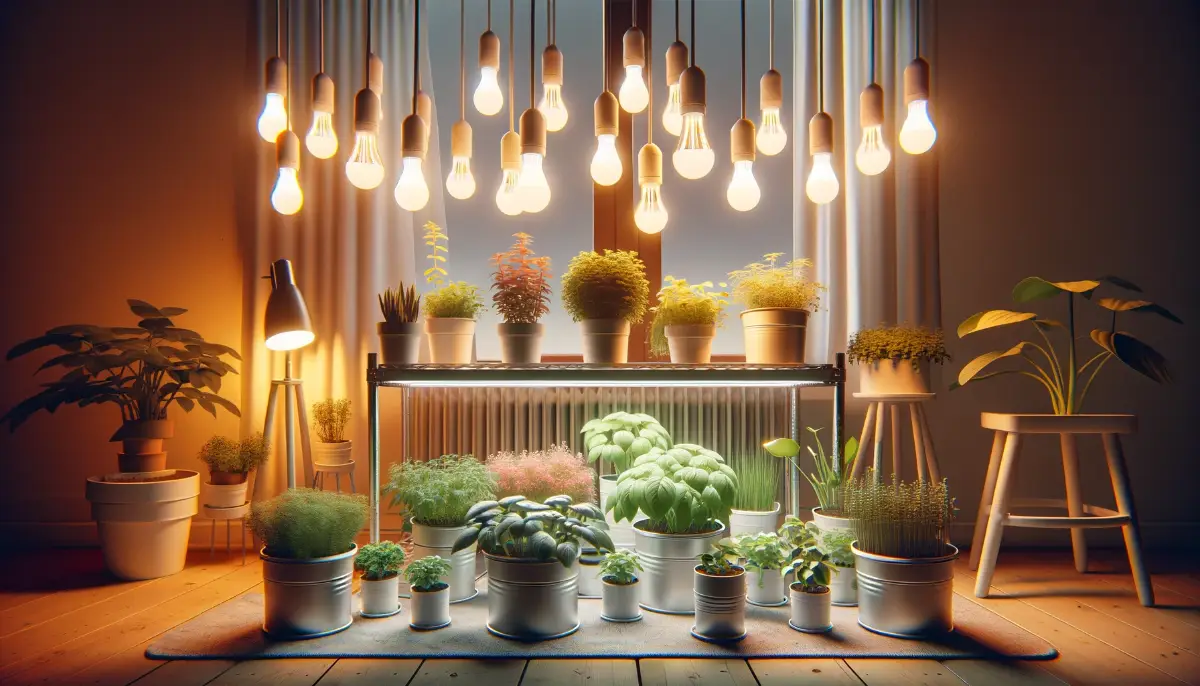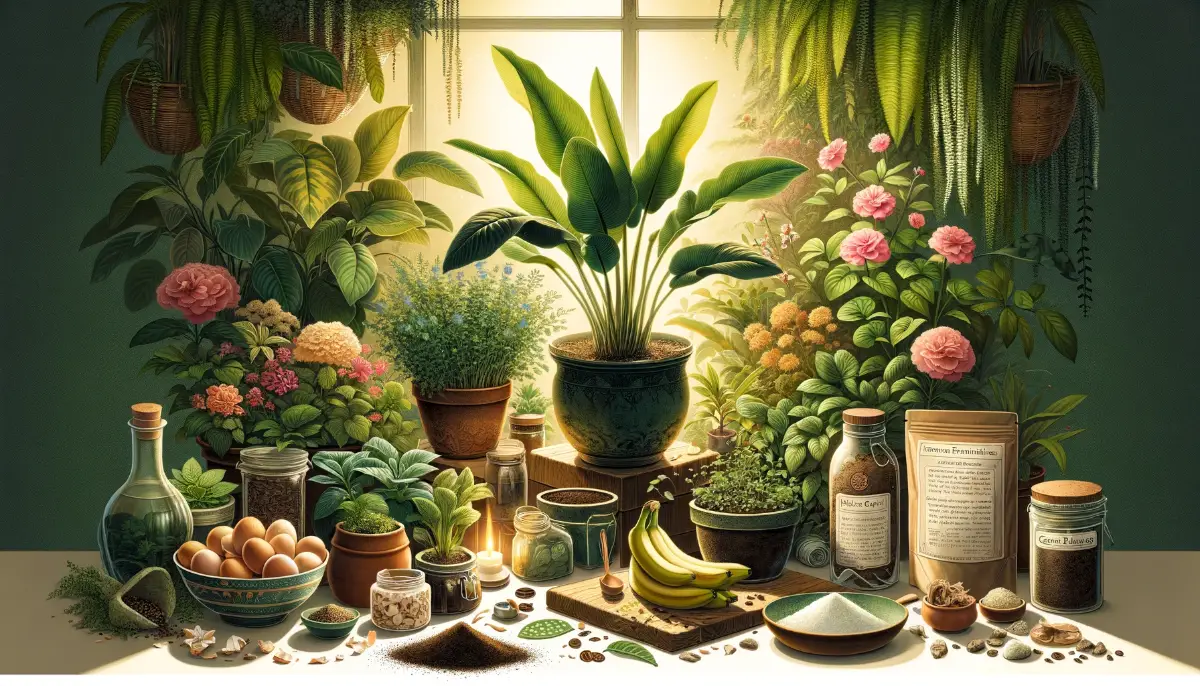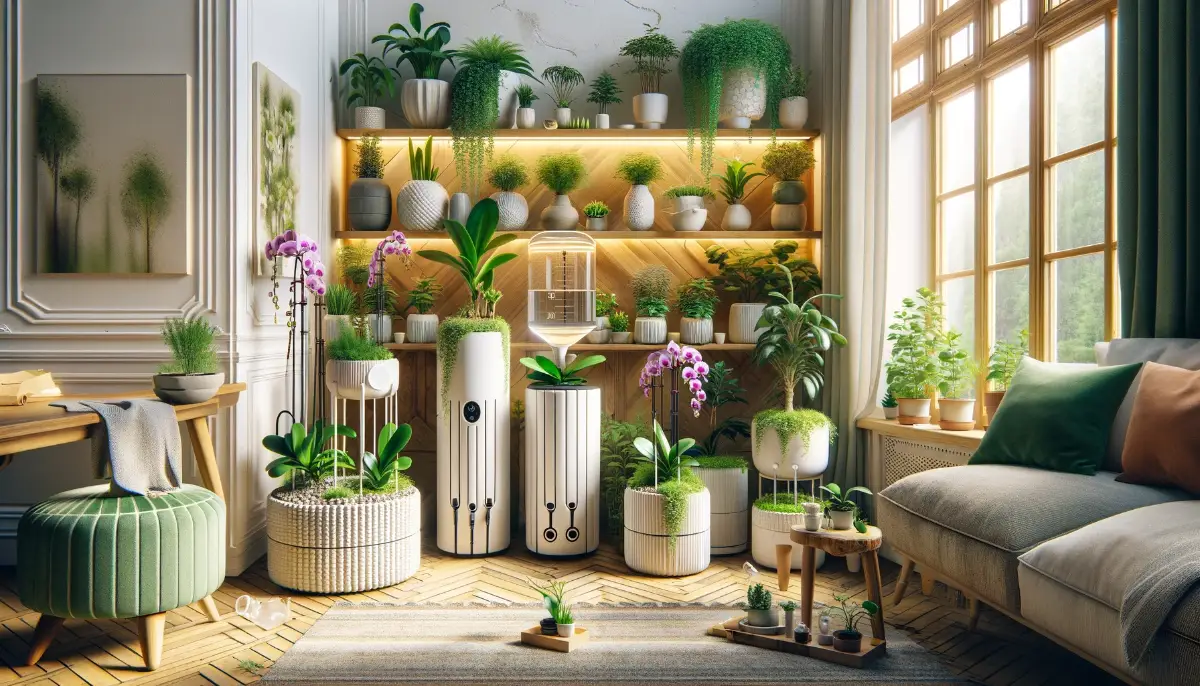Have you ever wondered if the regular LED bulbs you use at home could double as grow lights for your indoor garden? With the rise of indoor gardening, finding cost-effective and efficient ways to provide plants with the necessary light for photosynthesis and growth has become a hot topic.
In this exploration, we dive into whether using a regular LED bulb as a grow light is a viable option for your green friends.
- Regular LED lights can indeed be used as grow lights, offering a practical and energy-efficient option.
- The light spectrum and intensity are crucial for plant growth, with red and blue lights playing a significant role.
- While specialized grow lights are designed for horticultural use, regular LEDs, with the right specifications, can suffice for various plants.
Understanding Grow Lights and Regular LEDs
What Makes Grow Lights Special?
Grow lights are engineered to mimic the natural sunlight spectrum, offering a blend of the various light wavelengths plants need for photosynthesis. These specialized lights ensure that plants get enough light of the right kind, especially during the winter months when daylight is scarce.
Can Regular LED Bulbs Serve as Grow Lights?
Yes, regular LED bulbs can serve as grow lights, provided they emit the right spectrum of light. LEDs are advantageous due to their energy efficiency and low heat output. However, not all LEDs are created equal. The spectrum of light, including the crucial red and blue wavelengths necessary for plant growth, varies among bulbs.
Practical Guide on Using Regular LEDs for Plant Growth
Selecting the Right LED Bulbs
When choosing an LED bulb for plant growth, consider bulbs that offer a wide spectrum of light, particularly those rich in blue and red wavelengths. Bulbs labeled as “full-spectrum” or those with a color temperature in the range of 4500K to 6500K are generally good choices.
Setup and Tips for Success
To maximize the benefits of using regular LEDs for plant growth:
- Position the lights close enough to the plants to ensure adequate light intensity without overheating them.
- Use a timer to simulate natural day-night cycles, typically 16 hours of light and 8 hours of darkness for most plants.
- Adjust the setup based on plant feedback, such as altering light distance for leggy or stunted growth.
While specialized grow lights offer tailored light spectrums for optimal plant growth, regular LED bulbs can also suffice under the right conditions. By understanding the needs of your plants and selecting the appropriate LED bulbs, you can create an effective indoor garden that thrives throughout the year. Whether you’re a seasoned indoor gardener or just starting, the flexibility and efficiency of regular LED bulbs can open new avenues for plant care and cultivation.
FAQs About Using Regular LEDs as Grow Lights
Can I use any LED bulb as a grow light?
Yes, you can use regular LED bulbs as grow lights, but it’s important to choose bulbs that emit a broad spectrum of light, particularly in the blue and red wavelengths, which are essential for plant growth. Not all LED bulbs are created equal, so look for those labeled “full-spectrum” or with a color temperature that suits plant growth needs.
What are the benefits of using LED bulbs over traditional grow lights?
LED bulbs are energy-efficient, emit less heat, and have a longer lifespan compared to traditional grow lights. While specialized grow lights are designed to optimize plant growth with specific light spectrums, regular LED bulbs can also be effective, especially for small-scale indoor gardening or for plants with lower light requirements.
How close should LED grow lights be to plants?
The optimal distance between LED grow lights and plants can vary based on the light intensity and the plant’s needs. Generally, LED lights should be placed about 6 to 12 inches above the plants. This close proximity allows for adequate light exposure without overheating the plants. Adjust the distance based on the plant’s response and growth.
Do plants grow better with white or colored LED lights?
Plants require light from across the spectrum but particularly benefit from blue and red lights. White LEDs, which combine multiple wavelengths of light, can effectively support plant growth. However, for specific growth stages, such as flowering or foliage development, using LEDs that emphasize blue or red spectrums might be more beneficial.
How long should I keep the LED lights on plants?
Most indoor plants thrive with about 16 hours of light and 8 hours of darkness per day. This mimics natural daylight conditions and supports healthy growth. The exact duration can vary depending on the plant species and its growth stage. Use a timer to regulate the light cycle for consistent exposure.
Can using regular LED bulbs save money on indoor gardening?
Yes, using regular LED bulbs can be a cost-effective solution for indoor gardening. They are generally cheaper than specialized grow lights and consume less energy, leading to savings on electricity bills. However, for optimal plant growth, ensure the LEDs provide adequate light intensity and spectrum.
Will regular LED lights work for all types of plants?
Regular LED lights can support the growth of a wide range of plants, especially when they emit the right spectrum of light. However, high-light plants or those with specific growth requirements may benefit more from specialized grow lighting. For low to medium light-requiring plants, regular LEDs can be quite effective.









